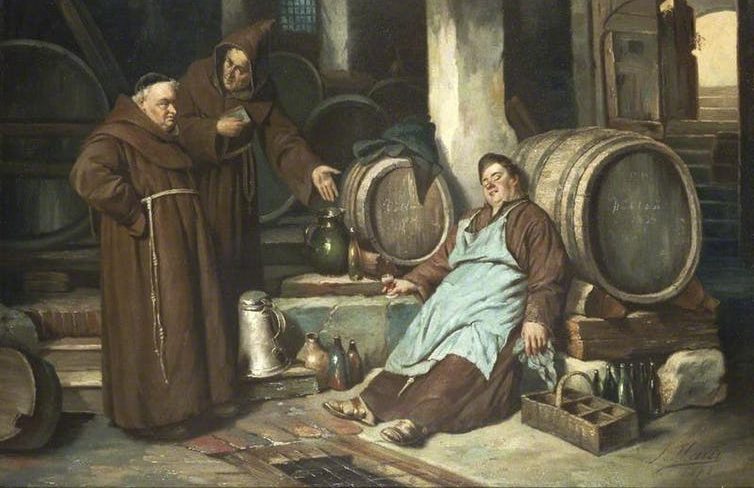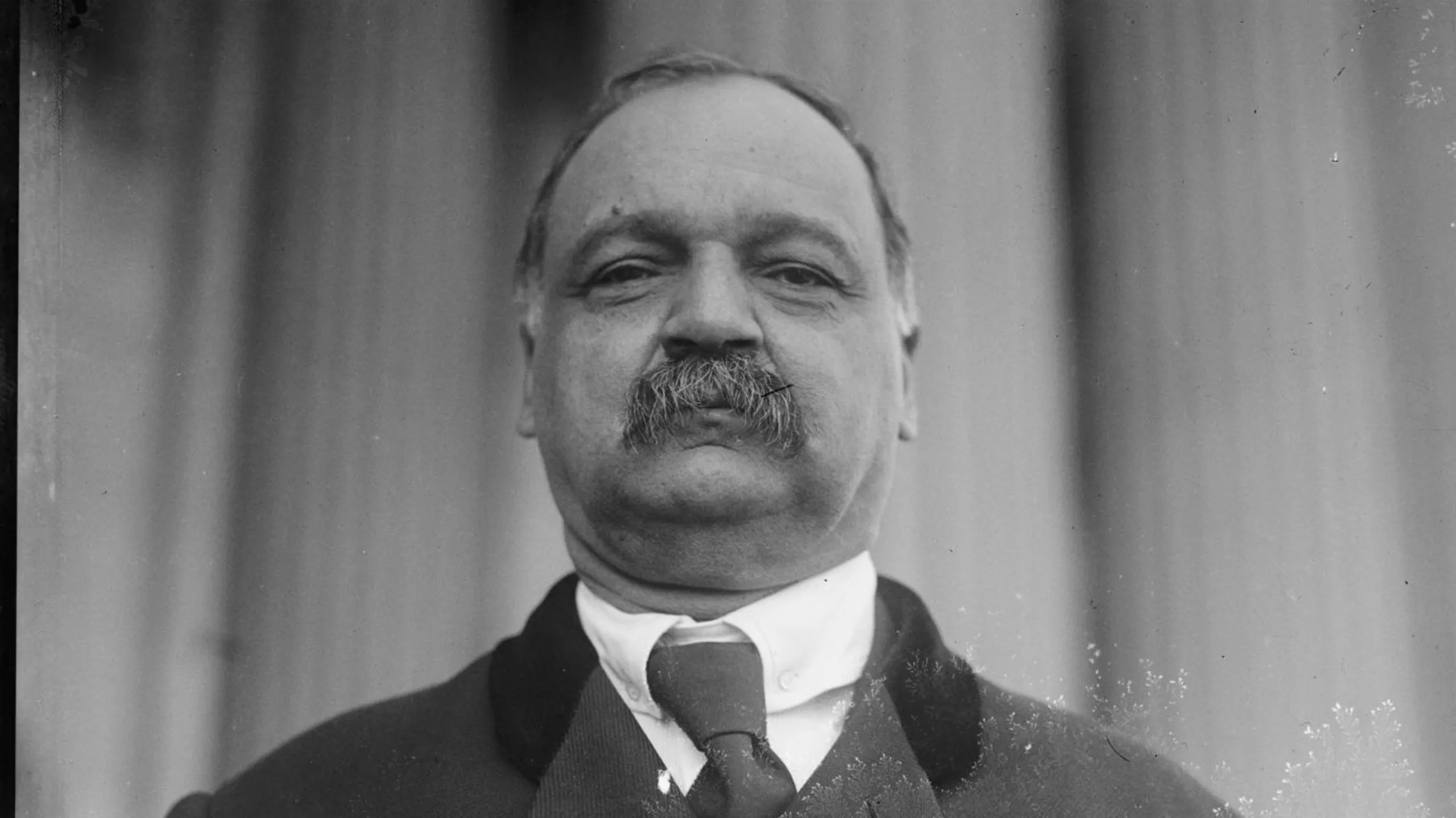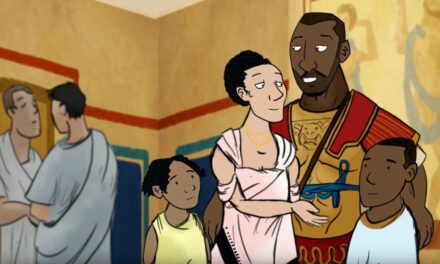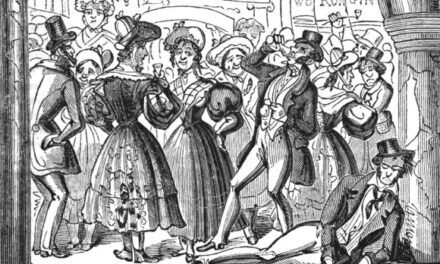
Reading time: 12 minutes
The phenomenon of cults is nothing unfamiliar in society today. The image of a fearful, dangerous and brainwashed religious organisation or group is a part of popular culture and stereotype, but have we ever considered where this terrifying image of a cult came from?
The answer can be found in the infamous People’s Temple and Jonestown Massacre of 1978, in which 918 people would die.
The People’s Temple, founded in 1954 by Jim Jones, was a religious organisation established using combination of Eclectic Pentecostal, Christian socialist and communist ideologies. Jones would preach that the cult represented socialist Christian values, as he aimed to fix “those who remained drugged with the opiate of religion [whom] had to be brought to enlightenment—socialism.” The organisation ran throughout California, based in San Francisco, until they relocated to Guyana in 1974 after conflict with the American authorities.
Our story begins with the spearhead of the organisation, orchestrator of the tragedy and self proclaimed messiah, Jim Jones.
By Madison Greco
Who was Jim Jones?
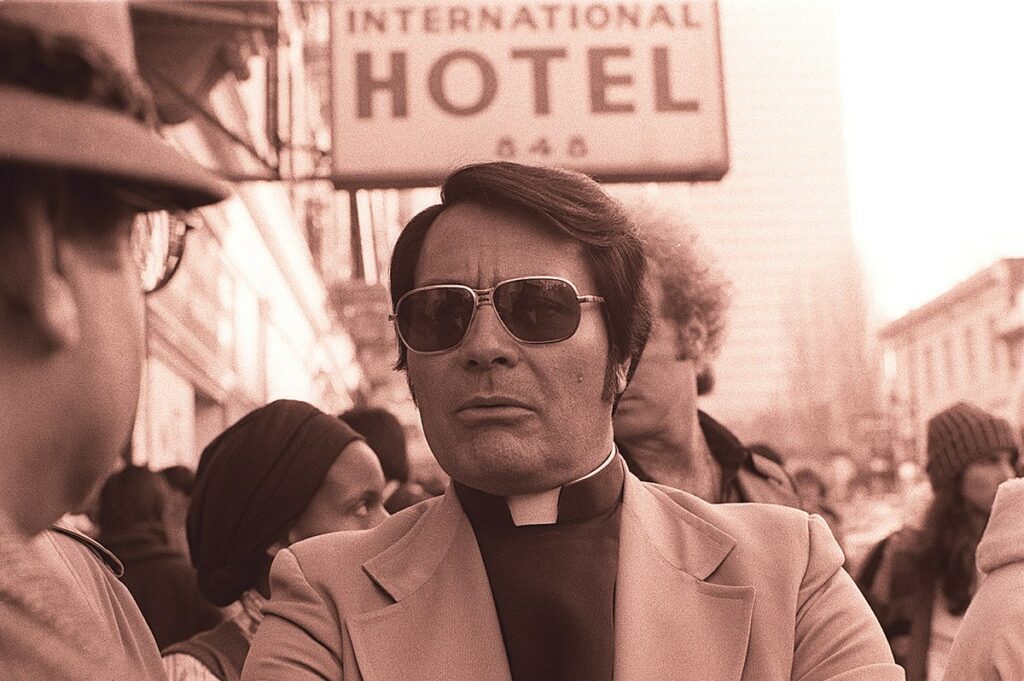
Born in 1931 in Crete, Indiana, Jones was brought up in the throes of the great depression. His father, a World War I veteran and mustard gas victim living off a pension, and mother, whom he described as always working and never having a maternal instinct, were absent in his childhood, both physically and emotionally. This meant he was often left to his own devices, leading him to explore the variety of Churches his hometown had to offer, becoming baptised in a multitude of variations of the Christian Church and participating in ceremonies and rituals multiple times a week to the point that he was known throughout Crete for being ‘obsessed’ with religion and its practices.
Throughout high school, Jones studied figures such as Adolf Hitler, Joseph Stalin, Karl Max and Mao Zedong as he developed a strong interest in communism, socialism and similar political doctrines. It has been theorised that Jones’ interest in creating a communist style religious group was fuelled by his desire for a family, love and affection he felt he lacked in childhood due to his parents’ absence. This interest would go on to shape the organisation of the People’s Temple, following a communist style regime with Jones as the Holy messiah and ‘leader’, and the people of the cult as his ‘family members’.
After graduating school, Jim Jones would attend Indiana University Bloomington in 1948 with the intention of becoming a doctor, however this plan soon fell apart. While at university, Jones meet Marceline Baldwin, a young nursing student who would become his wife in 1949.
After visiting the Quaker, Nazarene, Methodist, Apostolic and Church of Christ, Jones was still unable to find a Church that satisfied his religious and political beliefs. This often came down to the fact that many Christian churches heavily emphasised segregation, which Jones viewed as disgraceful. Jones was repulsed by racism and advocated for integration, adopting many children of Korean and African-American decent. His views around race created great tension between Jones and his wife, as she was a dedicated Methodist, a church which heavily promoted segregation and racial policy.
In 1951, Jones would join the Communist Party of the USA in Indianapolis as a method of expressing his Marxist ideology with likeminded people. This party was highly contentious throughout the nation, as the Red Scare and McCarthyism was in full swing as the Cold War intensified globally. This would eventually culminate in Jones being investigated by the FBI in 1952 for his ties to the party, after a national crackdown on communism and its supporters.
Later in 1952 after his run-ins with the FBI, Jones would reflect on his participation in the Communist Party, asking himself, “How can I demonstrate my Marxism? The thought was, infiltrate the church.” This would be the year that Jones committed himself to the Church, telling his wife he was becoming a Methodist Minister and leaving his medical career behind. Hired as student pastor to the children at the Sommerset Southside Methodist Church, where he launched a project to create a playground that would be open to children of all races. Not long after this, he would be dismissed for the Church on account of stealing funds, however Jones claimed that it his dismissal was due to the Church’s intolerance to racial integration.
Establishing the Peoples Temple

1953 would mark a major point of change for Jim Jones: after participating in a meeting at the Pentecostal Church in Columbus, Indiana, a woman proclaimed that Jones was a messiah carrying the messages of God. This piqued his interest, he would soon convince his wife to join the Pentecostal assembly of God Church with him, where he would preach regularly. In 1955, he would also join the Latter Rain movement under the famous preacher William Braham. Jones was infatuated with Braham and his methods of healing and delivery of sermons.
Jim Jones would build a strong connection with Braham, and in 1956, establish the ‘Peoples Temple’, the religious organisation that would become the cult and host to the Jonestown massacre. The organisation would focus on healings, integration, peace and socialist-Marxist ideologies that included regular worship, sermons and ceremonies all run by Jim Jones, the spearhead and pinnacle of the organisation. The church was open to all, encouraging the participation by non-white members and the acceptance of a multitude of racial groups, as per Jones’ hatred of racism and segregation.
Throughout the late 1950s Jones and Braham would travel around California preaching and gathering a congregation for the Church, attracting over 1,000 members by 1960. To the members of the Church, he would claim he was the reincarnation of Elijah the Prophet and the voice of God, convincing many and spreading socialist-religious practices with himself at the centre.
In 1960, Jones would be appointed as director of the Indianapolis human rights commission, where he criticised organisations refusing to serve black customers and exposed former Nazi’s in the area. This in turn made Jones and the Peoples Temple targets of white supremacist groups, who made multiple assassination attempts on Jim Jones. This did not stop him, as we would go on to adopt 3 Korean American children the same year to add to what he described as his ‘Rainbow Family’.
Aside from his religious beliefs, Jones was an extremely paranoid man. He believed the world was going to end due to nuclear war, and was desperate to relocate to avoid the destruction of the United States, which he believed was imminent. After reading an article in 1961 that stated Brazil was the safest place in the event of a nuclear war, Jones moved himself and his family to Brazil. On the way, he stopped at Georgetown, Guyana, an English speaking colony in South America. This would become the site for Jonestown just 10 years later.
Jones would reluctantly return to Indiana in 1963 after faltering congregation attendance and lack of progress in the civil rights movement. The next 10 years involved a relocation to San Francisco, the recruitment of new members through Jones’ teaching position at a university and the acceptance of the organisation into the Disciples of Christ, marking official acknowledgement of the group as a religion under Christianity. Around 1970 the first reports of abuse would emerge form the Church. Jones was known to abuse drugs, which increased his paranoia. His abuse of members included sexual assault and rape, severe beatings, public humiliation and food being withheld. These accusations, in conjunction with public ridicule of Jones when reports leaked claiming his healings were ‘quackery’ lead Jim Jones to move the most dedicated members of his cult out of North America.
Jonestown is Established
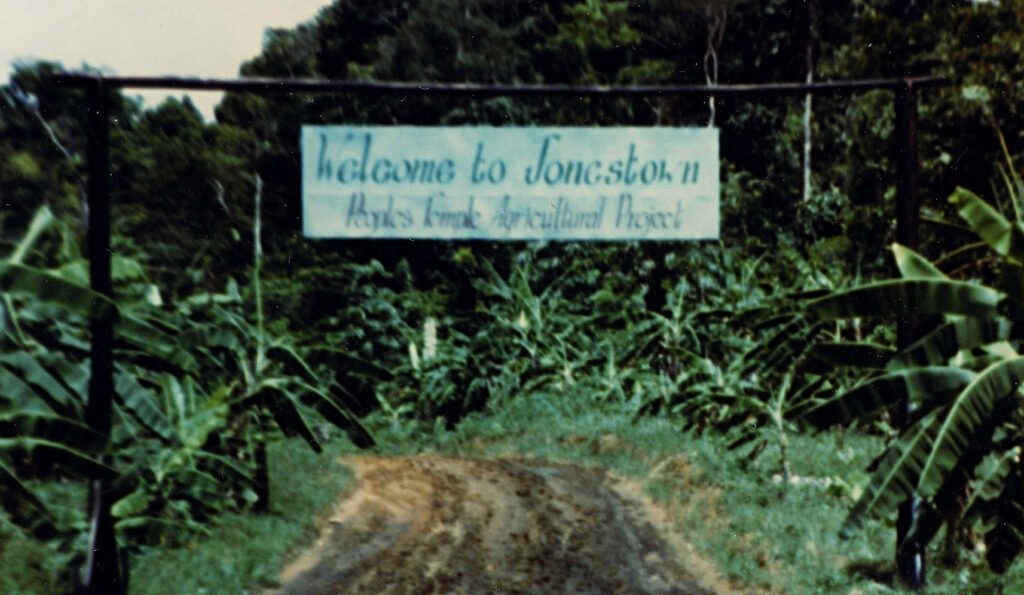
By summer of 1974, he had leased a plot land in Guyana and supplies had been delivered to sustain a congregation in isolation from the outside world. The name, Jonestown, was an obvious homage to Jim Jones himself, further marking himself as the messiah and ultimate leader of the new ‘town’ he had established for the Peoples Temple. Timing was important, as Jim Jones had to ensure the relocation efforts happened before the FBI and relevant authorities had the chance to raid the Temples of the Peoples Temple due to the allegations he was facing. Jones successfully escaped to Guyana, taking documentation and evidence with him and the first group of settlers.
Jones’ goal was to create a town similar to the communist regimes of China under Mao Zedong and the Soviet union under Stalin. He saw these men as heroes and enforced a regime that fused together religious cult and Marxist-communist style leadership. This allowed Jones to maintain control over the people at all times, while avoiding the watchful eye of the FBI and American authorities by relocating outside of their sphere of influence. It is interesting to note that he originally intended to settle the Peoples Temple in a nation such as China or Russia under communist regime, and was extremely saddened that this wasn’t possible.
From December of 1974 to early 1977, approximately 928 people would be relocated from the United States to the ‘paradise’ of Jonestown- many would arrive, and realise the misconceptions and lies they had been fed at congregation about the nature of the settlement they were heading to. Described by Jones and his disciples as a religious and socialist paradise amongst nature and the jungle, away from the impacts and negativity of governmental authority and segregation, the reality of the situation was grim. Many of the groups that arrived first had to construct the housing, plough fields and grow food, and were forced to endure terrible living conditions. This would only worsen as more people arrived, as the resources that had been prepared were not enough to sustain the 900+ inhabitants of the town. The sleeping arrangements were unsanitary, there was not enough food to go around and the citizen’s lives were dictated completely by Jones; this included who they could marry and even interact with. It was reported by survivors that anybody caught attempting to escape were shot on sight, or poisoned if a leader caught wind of their plan prior to an attempt.
In 1977 allegations of extreme sexual, physical and emotional abuse alongside the reports from concerned relatives in the United States who claimed their family members were not allowed to return home surfaced. This would begin to ring alarm bells in the United States, and this was bad news for Jim Jones.
The Jonestown Massacre
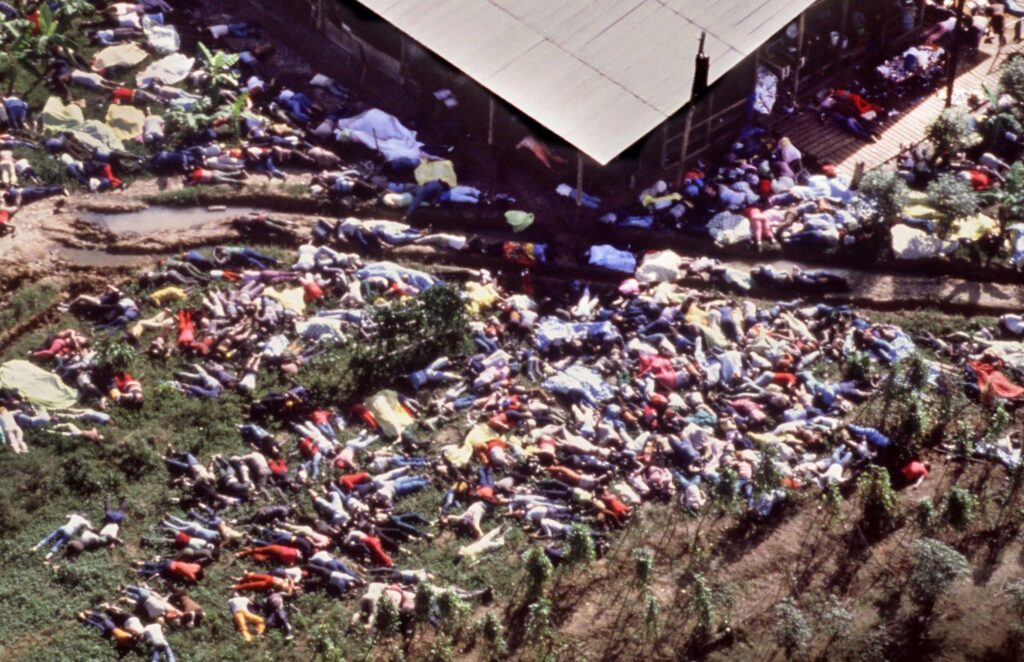
After these allegations were raised, Jim Jones began running his ‘White Nights’; a test of loyalty of the people to himself and the Peoples Temple. These nights would consist of Jones delivering sermons and committing a ritualistic mock suicide with all members of Jonestown. Each member, including children, would drink a liquid that Jones claimed was laced with cyanide to sacrifice themselves for their cause. The drinks were not poisoned during these rituals, however Jones was able to identify those who were disloyal and unwilling to commit the ritualistic suicide that he demanded of them. These individuals would be subjected to beatings and abuse, or were forced to drink liquid that was actually laced with poisons. This continued over several weeks.
In the wake of the allegations US Congressman Leo Ryan and a TV crew visited Jonestown, where they were received cordially by Jones. The Congressman didn’t find sufficient evidence to take further action, although Jones wasn’t aware of this and thought that Ryan would send the US military to attack Jonestown. Several members of the People’s Temple asked to leave with Ryan. As they made their way to the airfield to depart Jones sent Jonestown’s Red Brigade of armed guards to kill Congressman Ryan and his delegation. They shot and killed Ryan and four others, although other members of the delegation escaped into the jungle.
When Jones was told that some of the Ryan’s group had escaped the shooting he called the entire Jonestown community together. He told them that Ryan was dead and that as a result the US would soon attack them. They should therefore commit “revolutionary suicide”. A mixture of Flavor Aid (Similar to Kool Aid) and cyanide was created and handed out to the members of the community to drink. Jones directed that the children be killed first. Many began passing out and frothing at the mouth. At this point some adults who had believed this was simply another test of loyalty began to protest. Jones responded “Stop these hysterics. This is not the way for people who are socialists or communists to die. No way for us to die. We must die with some dignity.” Those who refused to drink were shot, injected with cyanide or restrained and forced to drink the laced liquids.
Jim Jones himself would take the easy way out, shooting his wife and then himself. 909 people would die at Jonestown. The remaining survivors included groups such as the Jonestown basketball team who was at an away game, a woman who had slept through the event and the few who managed to escape into the jungle while the poisoning was occurring. The bodies of the victims were found strewn around the pavilion, as can be seen in the above image. The FBI would later recover a 45 minute tape that recorded Jones’ speech and subsequent poisoning that became known as the ‘Death Tape’. Teri Buford O’Shea fled Jonestown just three weeks before all its inhabitants committed suicide, she tells her story here.
The American Psychological Association has studied the events of Jonestown, which they say teaches psychologists what happens when social psychology is placed in the wrong hands.
The events at Jonestown marked the most significant deliberate loss of life in American history until the events of 9/11, and helped in the widespread fear of cults, communism and dictatorial religious leadership. Many couldn’t believe that the events could be classified as suicide, especially due to the many who tried to escape and reported hysteria that set in after the children began dying. This lead to the events classification as a murder-suicide, on the part of Jim Jones, the instigator of the event, perpetrator of abuse and founder of the Peoples Temple, and finally, their subsequent demise.
Articles you may also like
The text of this article was commissioned by History Guild as part of our work to improve historical literacy. If you would like to reproduce it please get in touch via this form.


